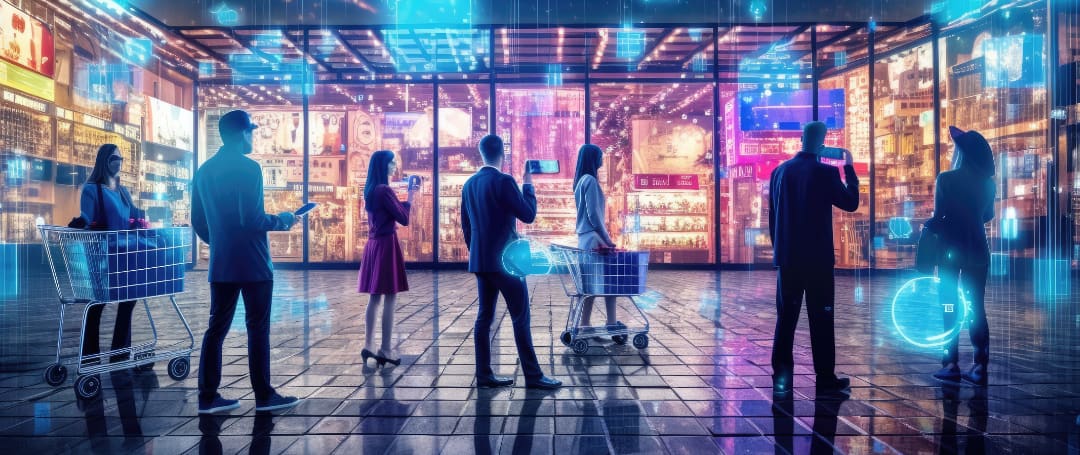
When your customers enter your convenience store, local shop or retail space, it’s essential that your product ranges are sorted, arranged and displayed in a convenient and eye-catching format to provide a positive shopping experience.
First impressions are important. A tidy, organised and retail-friendly presentation that uses signposting and colours to market its product helps retailers make an impact on a shopper’s mindset.
For increased sales and customer satisfaction, retailers can place products strategically, highlight promotions and create eye-catching displays to crease impulse purchases and boost sales. Your audience should be able to quickly locate the products they’re looking for, browse your space to discover new items and navigate the store to complete their shopping.
What is retail merchandising?
Retail mechanising is the process of organising and presenting products in a retail store effectively which encourages customers to buy. This includes the range of items, their pricing, placement and active promotions to market your retail business.
Merchandising is omnipresent in-store or online, as items should be carefully positioned to stimulate shopper’s senses and intrigue.
The mission of merchandising is to increase retail sales and profits. Retailers can provide an appealing and effective shopping experience for their target audience with a carefully planned strategy.
How to merchandise your shop effectively
Product range
Your product selection is an essential part of merchandising any store or retail environment. Factors which contribute to your product range includes your target market, competition and overall business strategy. For retailers to become a trusted solution for consumers, your products need to be of sufficient quality to satisfy shoppers.
Prices
Whilst it’s crucial that retailers price their products from wholesale accurately to ensure profitability, equally important for retailers to be competitive. With physical retail stores and online solutions widely accessible for consumers, it’s important retailers offer the prices to entice consumers.
Product Placement
Products should be easily visible and accessible. Product ranges should be compact and organised, with alternative solutions suitably positioned which allows shoppers to select their favoured brand or type. The layout of your shop or online category page should be done in a linear, natural order which encourages shoppers to attain all of their supplies in once visit.
Promotions
Retailers can promote their products in a variety of ways, including traditional and digital advertising, social media channels and in-store displays or counter display units and free-standing display units.
Sign posting
Using clear sign posting and labels help shoppers navigate the store, find the products they’re looking for and bring a retail shop’s best products and promotions to their attention.
Merchandising In-Store vs E-Commerce
Although the digital industry can integrate the latest technological innovations and software to enhance the retail experience of consumers, there are still many differences between in-store and e-commerce merchandising.
A traditional retail experience allows shoppers to view products in real life, and use their senses to learn everything they need to know about their potential purchase. It’s important for retailers to create a physical space which is enticing and appealing, whereas e-commerce retailers must prioritise creating a virtual shopping experience which is easy to navigate and informative. This including using high quality images, videos and product descriptions to illustrate their products and offer search and filtering features.
For Pound Wholesale customers looking to launch their retail business online, it’s crucial to build the right website on the right platform to sell your product or service.
Despite the differences, there are also many similarities between in-store and e-commerce merchandising. Both modes must be entirely focused on their customer and provide a positive shopping experience.

